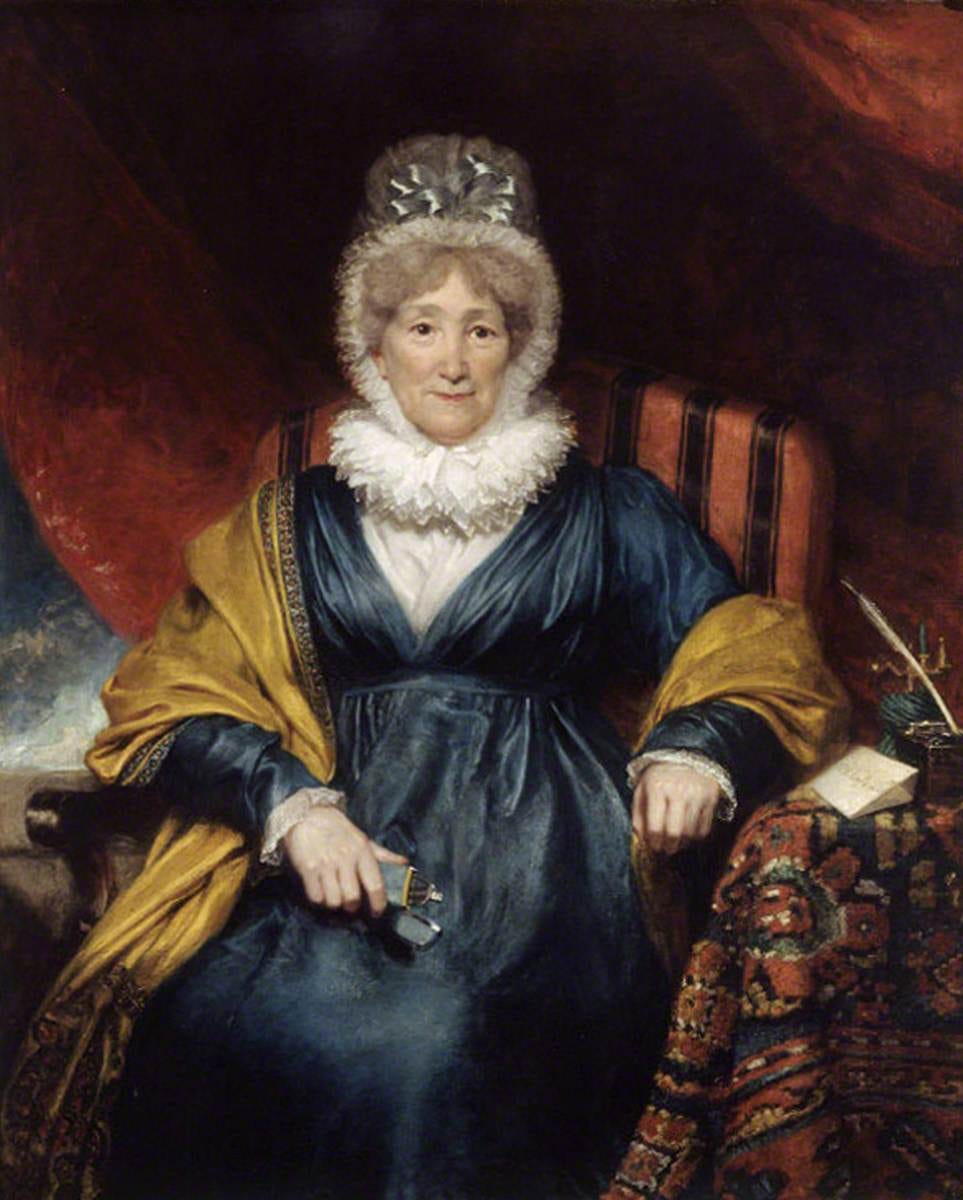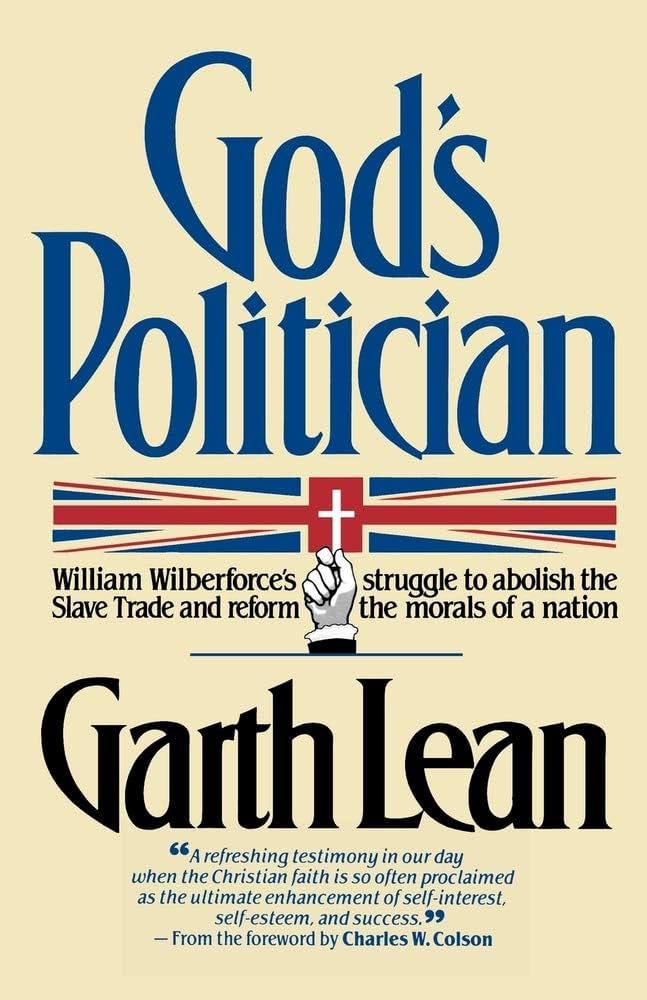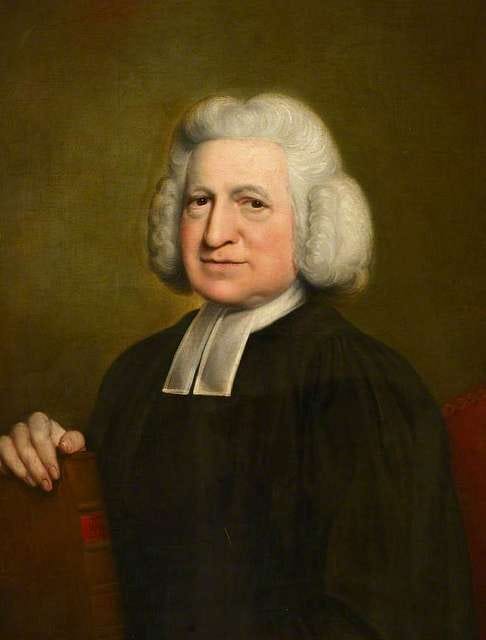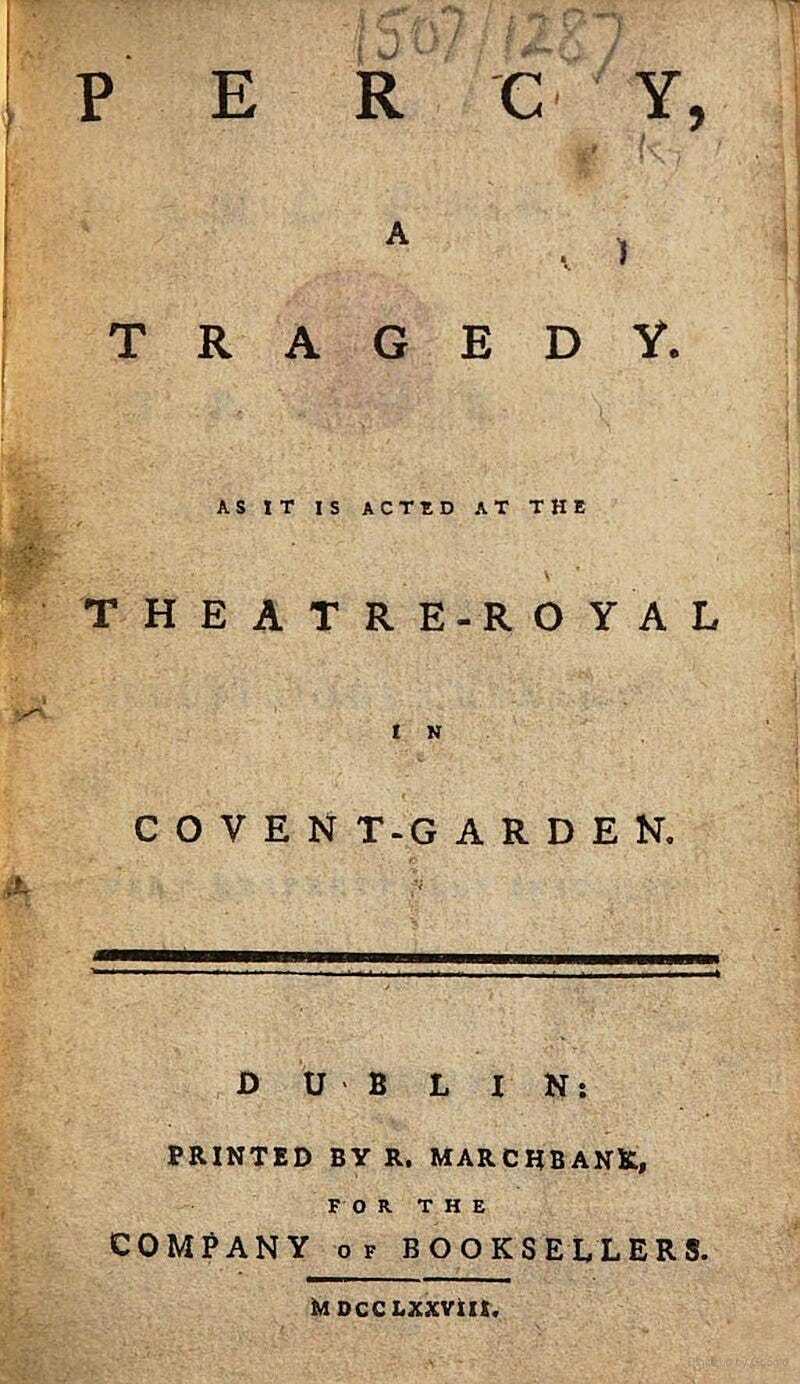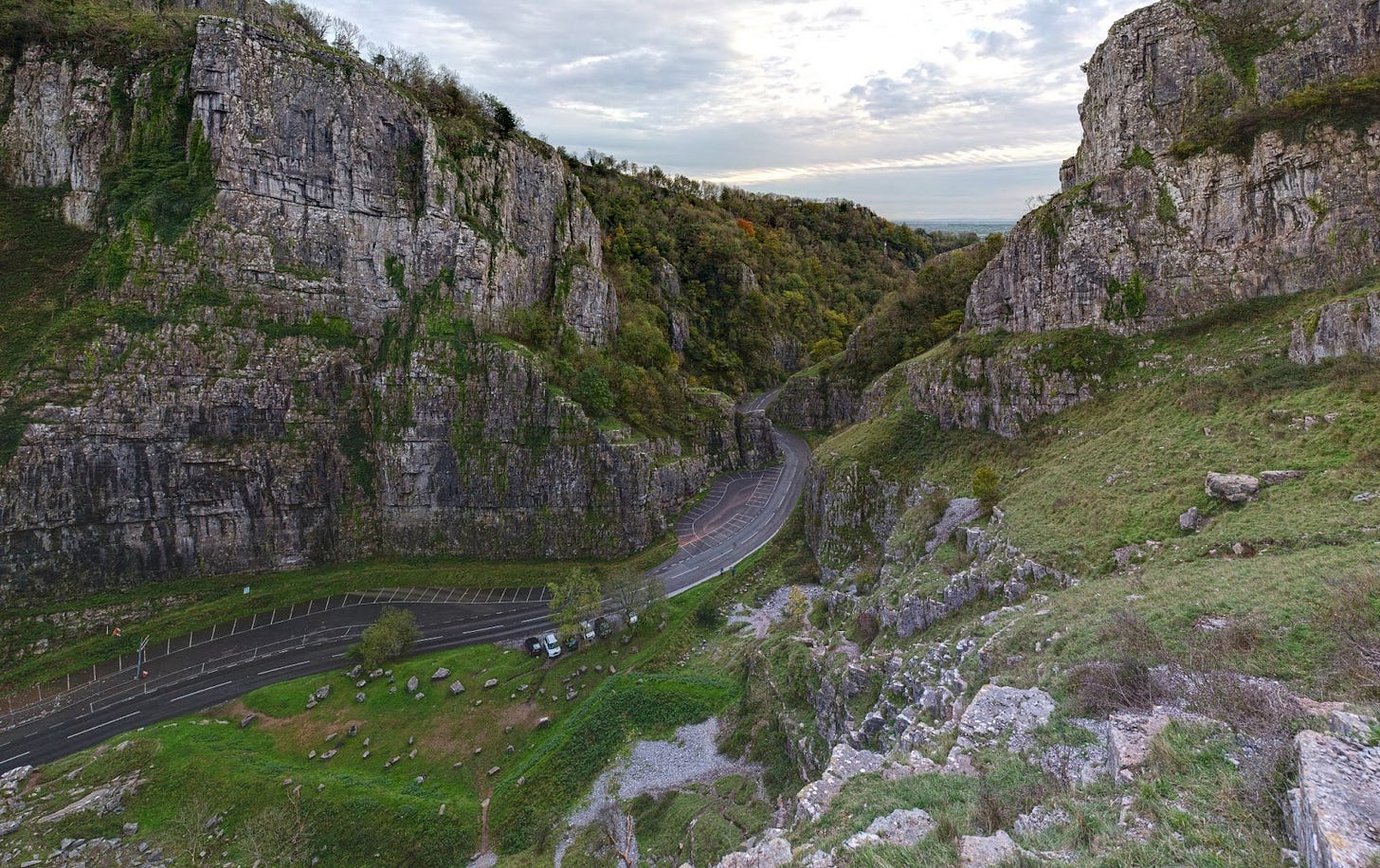More than a Moment
Award winning author Kevin Belmonte reflects on Hannah More's legacy of social reform.
This week, we released the first page of our newest comic, “Wilberforce’s Two Great Objects,” highlighting the pivotal role his community played in supporting and shaping his mission.
In light of this piece of the story, as we reflect on the power of community, let’s take a look at some more of Mark Rodgers’ recent interview with author Kevin Belmonte, as they discuss one of Wilberforce’s most important partners: Hannah More.
Mark Rodgers
You shared with me earlier that you had been inclined to move quickly to a biography of Hannah right after the Amazing Grace film, but that's 20 plus years now it’s been. What can you tell us about Hannah More? What did you learn about her, and how did the 20 years of intervening time give you some new insights into Hannah More, who she was, and ultimately, more importantly, now, as we move into the next section, how she was involved with contributing her unique gifts and her insight into the importance of creative content, into their their two great objects, as well as other initiatives that Clapham took? So, talk about Hannah with us, Kevin, for a few minutes.
Kevin Belmonte
Well, it's a remarkable thing. Garth Lean's book comes to the fore because that's where I first saw Hannah More's name when I was gathering materials for my master's thesis – the library had a copy of his book, God's Politician. And it's funny how things work out. As I was reading along, he didn't get to talking about Wilberforce’s eventual wife Barbara for quite a little while. So, I kept seeing Hannah More's name, and I'm thinking, “When are they going to get married?” And that's not the way it worked out. So, I had a lot more to learn, obviously, in reading along.
But what did come out, all kidding aside, was that she was a remarkable person who was already famous when she and Wilberforce met in 1786 and believe it or not, the occasion of their first meeting was something that probably she had thought to arrange, knowing about him from correspondence. So, she knew John Newton before Wilberforce had had his reunion with faith, so they had been aware of one another, but she arranged for him to meet Charles Wesley.
So, can you imagine, he walks into the room, Charles Wesley and a few others, including Hannah More seated there at the table and without so much as a word, as Wilberforce enters the room and takes his seat, Wesley goes over, places a hand on his head and prays a blessing over him. So, it's a lovely scene to set, but I think it's a powerful bit of symbolism as well, because you know only too well the Wesleys, John and Charles, were very concerned with helping the poor, with promoting literacy, all kinds of initiatives that were an outgrowth of their faith. And so it's a wonderful moment. Well, Hannah More has a cameo in the film Amazing Grace. I wish that she could have had more time. I know, because she's just such a pivotal figure.
Yeah, and I think what she did for Wilberforce, because she was 15 years older and she was well established, she and her sisters had already run very successful schools, matter of fact, so financially successful that they were able to retire at a young age, her sisters. More was already independently wealthy from an annuity that she had, but also from the sales of her books. She had already published a tragedy, or had staged, rather, a tragedy called Percy by no less than David Garrick, the greatest Shakespearean actor of the age who wrote a Prologue and helped make sure that it would get off to a good start there in Covent Garden. She had published poetry that was read by George III. She collaborated with Samuel Johnson in writing some of her verse. She knew Edmund Burke well and helped support his campaign for parliament.
I mean, it's a literary firmament, a cultural firmament of thought leaders, literary figures that she was involved with well after Garrick's death in 1779. She began to slowly shy away from London, and she settled in the country. But it wasn't long before she began to see the poor around her, and she was always mindful of opportunities for stewardship, and so when she and Wilberforce met one another, she invited him to come stay. She said, “you know, let's get you some cold wine and chicken and send you out for a hike. There's a beautiful gorge there in Cheddar. It's great hiking. We know you love to walk. We'll send you out for an afternoon. You have to do it.”
He came back, the cold wine and chicken were untouched, and almost the first thing he said when he burst back into the room there at Cowslip Green in Somerset was, “Miss Hannah More, something must be done for the poor children in Cheddar.” And what had happened was Wilberforce, during the course of his hike, had seen all of these rural homes, people in poverty. You know, walking the countryside, no one loved nature and beauty as much as he did. He loved to walk, especially in the Lake District, but the plight of these people went to his heart, and they sat down and began to talk about, “what can we do? I know you've established schools. You and your sisters have a background in education. Maybe we can do something.”
And remember, at that time, there were no public schools in the way that we know of them, education was solely the province of the privileged. So, the idea of educating the poor was a very novel, if not pioneering, thought. The end of the story is that Wilberforce said that afternoon, “Miss Hannah More, if you will be at the trouble, I will be at the expense.” He was basically offering to be her financial patron.
A few years into the future, they had nine schools in that area, that region of Cheddar there in England, educating upwards of 1,000 children a year for well over 20 years, maybe as many as 30, and that was just one of the ways that faith found expression meeting a pressing cultural need, the need for education and literacy. I mean, she personally took under her wing many gifted students and sponsored them so they could go on to further education or find places where they could give back as they've been given.
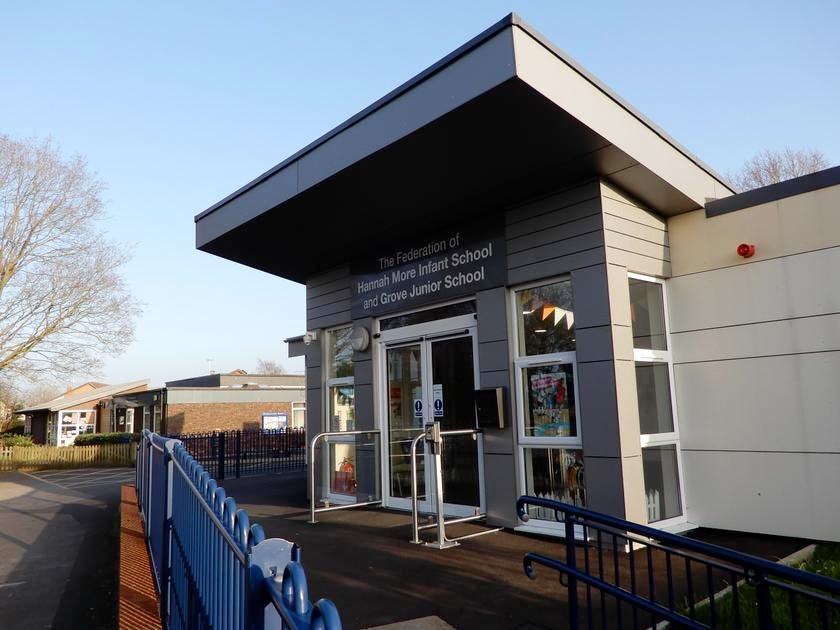
She was constantly trying to replicate things that had unfolded in her own life, that sense of stewardship. So, she really leveraged her visibility, her platform, we would call it now, being someone who was so well known, and she channeled proceeds from her books, rallied other philanthropists like Wilberforce to pool their resources. It wasn't just education. She was involved heavily with the abolition movement. She wrote books that were designed to help England forestall the threat of the French Revolution. It seemed like she, along with Wilberforce, her home, as much as his, became a clearing house for philanthropic initiatives.
And basically they were a point person. People would come to them, make them aware of something. How can we come alongside them? So when you think about the Clapham Circle and the work that they did, it was really a natural outgrowth, Mark, of what had happened in 1786 and which really took shape and flowered in the 1790s.
That’s all for today, Salt and Light readers. We hope you’ve enjoyed Kevin Belmonte’s insights into the powerful story of Hannah More.





